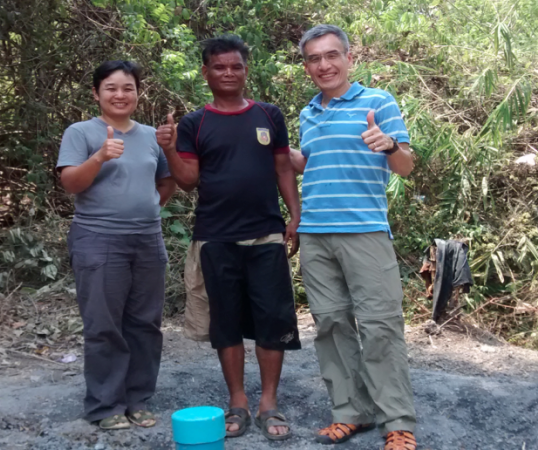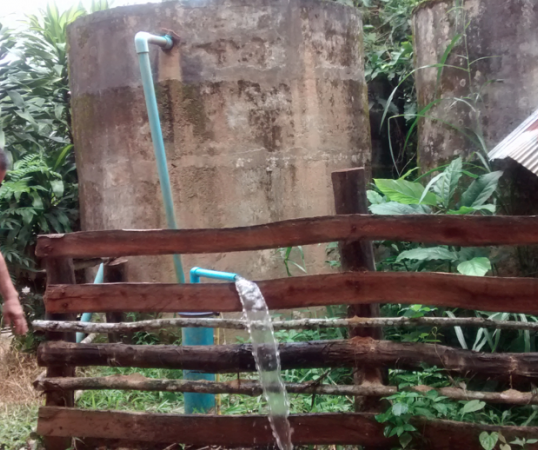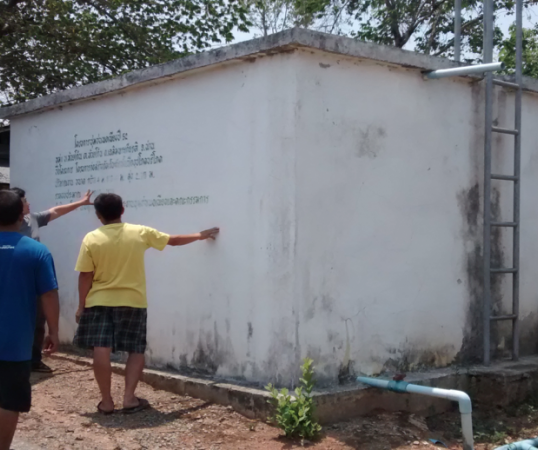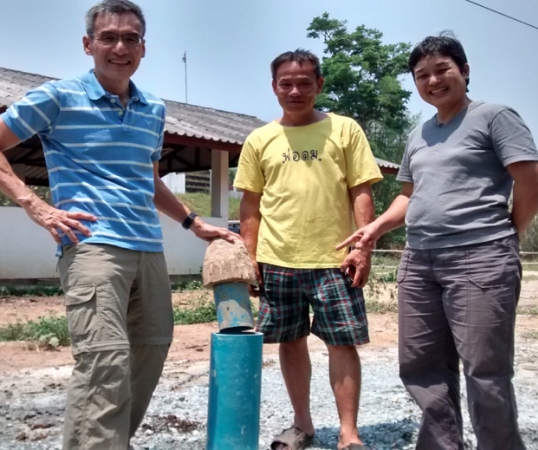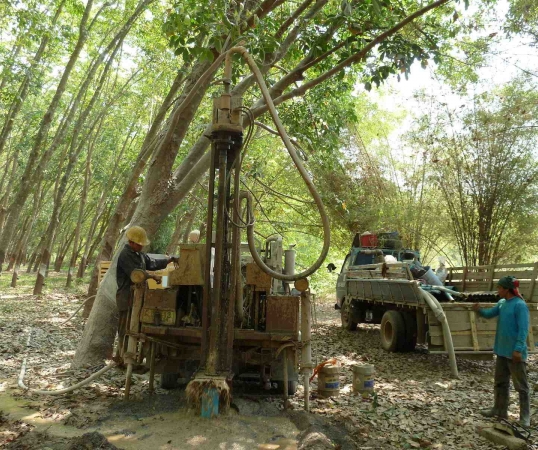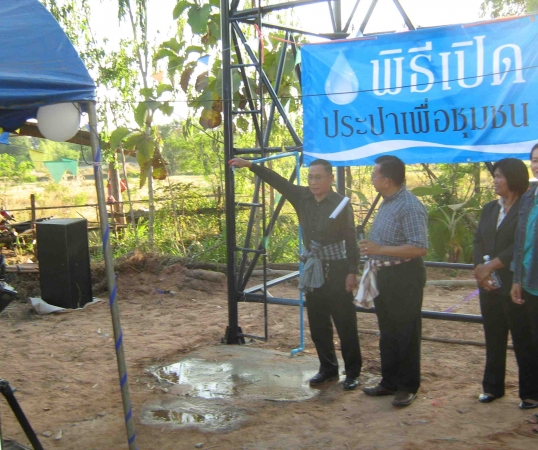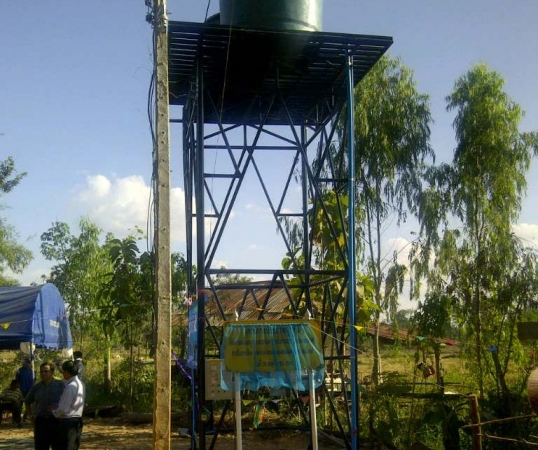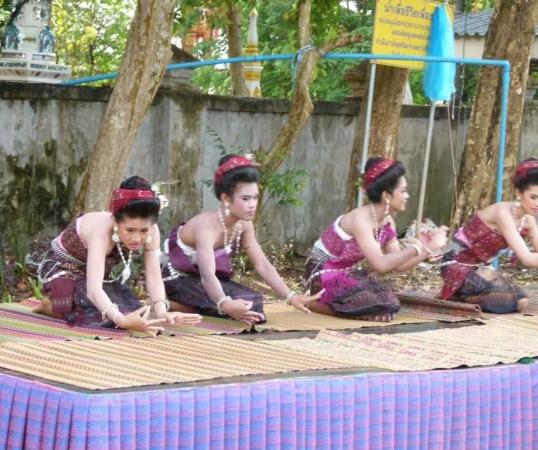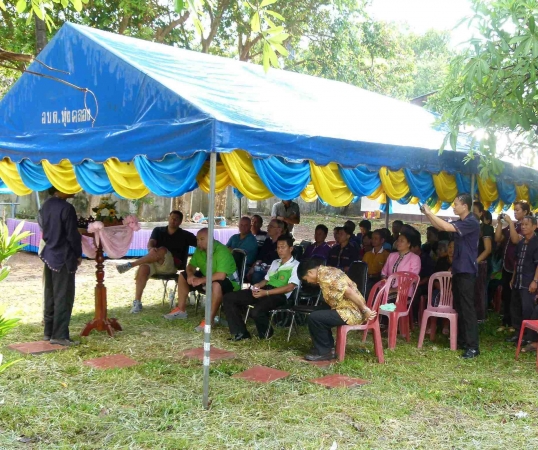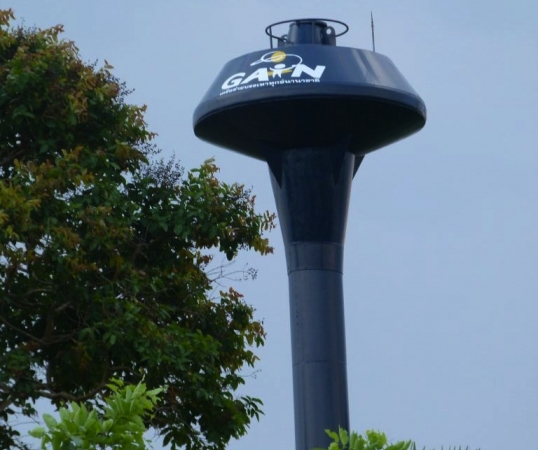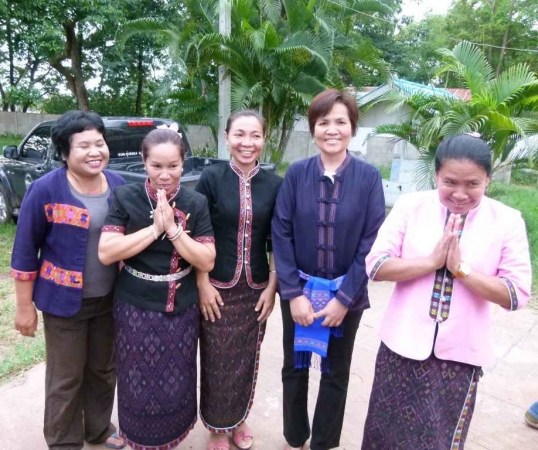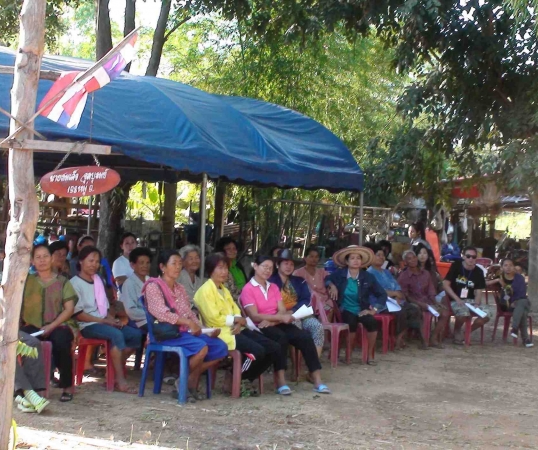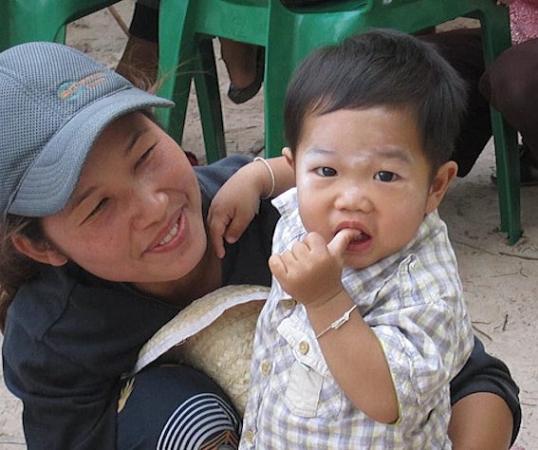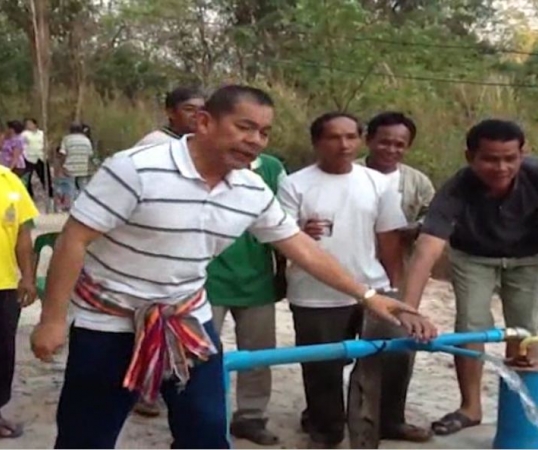Thailand

Like many countries in Asia, increasing population, and economic, agricultural and industrial expansion in Thailand are the major causes of the deterioration of water quality in various water sources. High loading of pollutants from human activities beyond the water resource carrying capacity has contributed to degradation of water quality throughout the country.1
In addition, sources say that due to the excessive contaminations of bacteria and chemicals like cadmium, iron, lead, manganese, both rain water and tap water have not met the quality of water needed for human consumption in Thailand.
As a result, most Thai people are at a health risk due to the poor quality of drinking water. Approximately 43 million are drinking contaminated waters; the group of people at the highest risk is the rain-water drinking group.
This, along with poor sanitation and insufficient hygiene, contributes to the spread of serious diseases such as helminthes, diarrhea, dysentery and typhoid.
The tragic irony is that often 90-120 meters below the surface are vast sources of pure, disease-free drinking water. By drilling one deep-water well, we can help bring hope to individuals as well as transform communities through the Water for Life Initiative.
As of November 2011, we drilled two water wells in the northeastern part of Thailand.

The Northeast is a dry plateau at 100m to 200m elevations. Large parts of this region regularly experience periods of flooding with alternating periods of drought. Saline soils are also the major problem of this region. As a result, the productivity of the land is generally low.1
This area also occupies one-third of the country’s total land area and is the most populous and lowest income region. Although Thailand is considered to be economically relatively advanced among developing countries, rural people are still poor, with average per capita incomes of about US $1,000 per year. Typically, there is about a six-fold difference in average per capita income between the citizens of Bangkok and the rural areas.2
Since the northeastern part is considered mostly rural, most people don’t have resources to provide the disease-free water that is needed for their families and communities.
Therefore, we committed to providing another six wells to the villages in this region, thereby helping demonstrate God's love, in word and deed.
Out of these six poverty-drought villages, four villages now have wells providing fresh water.



We are trusting that the wells for the fifth and sixth village can be achieved as soon as possible.
Clean water saves lives. Access to clean water changed these six villages and it can drastically improve the livelihood and spiritual welfare for many others.
But we can’t do this alone.
One water well costs $8,500 and supports an average of 1,000 people.
Let’s start making a difference right now.
Today, your gift of $85, $170 or $425 will help provide disease-free water and the Living Water.
Will you partner with us?
(1www.wepa-db.net, 2www.unesco.org)
